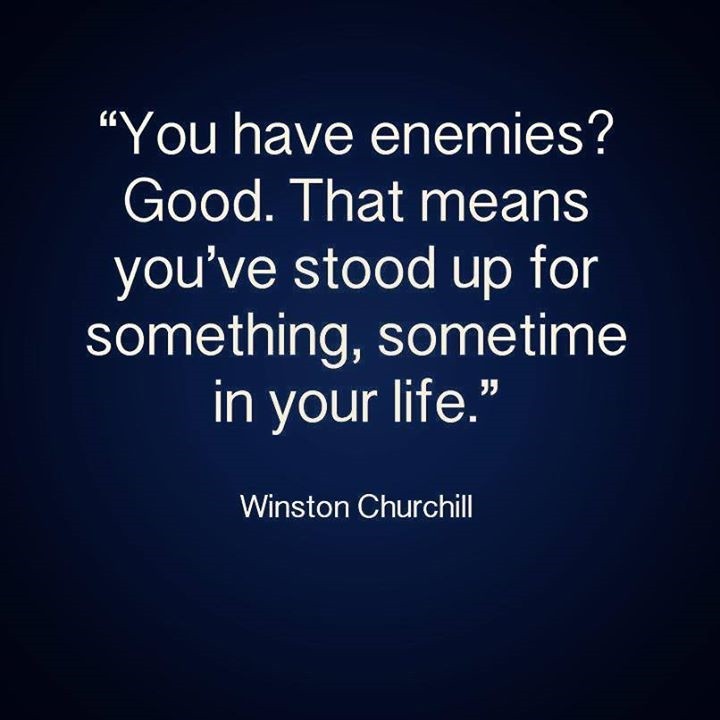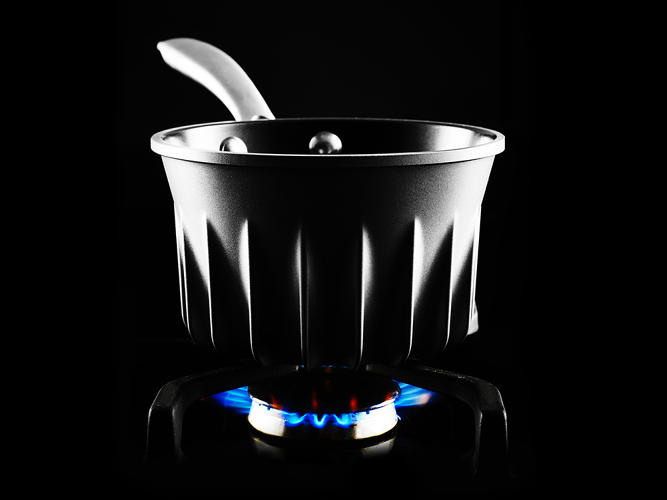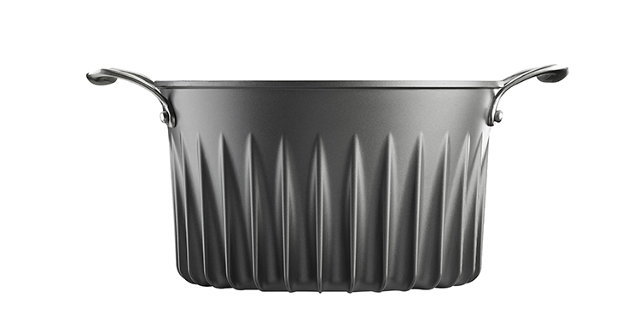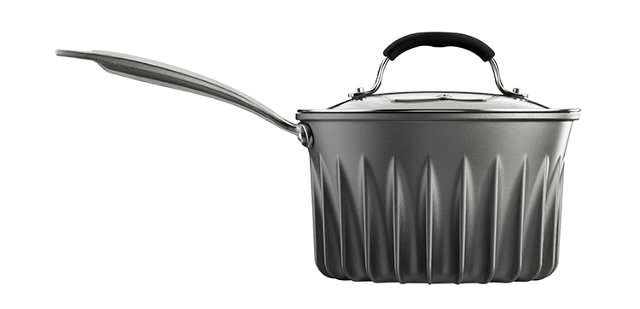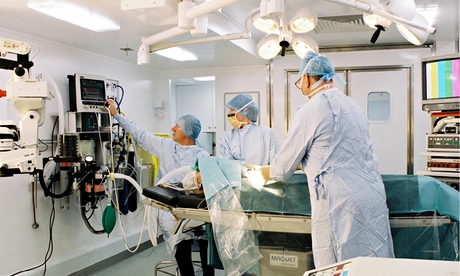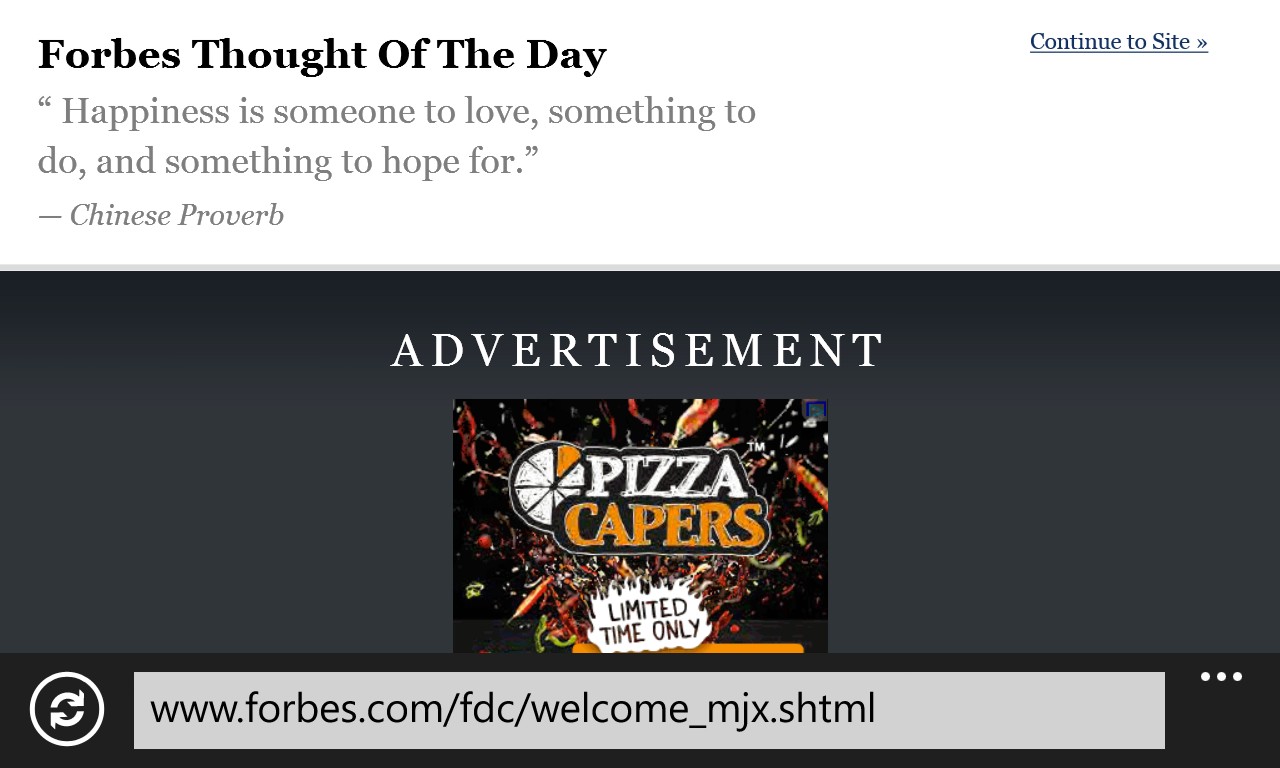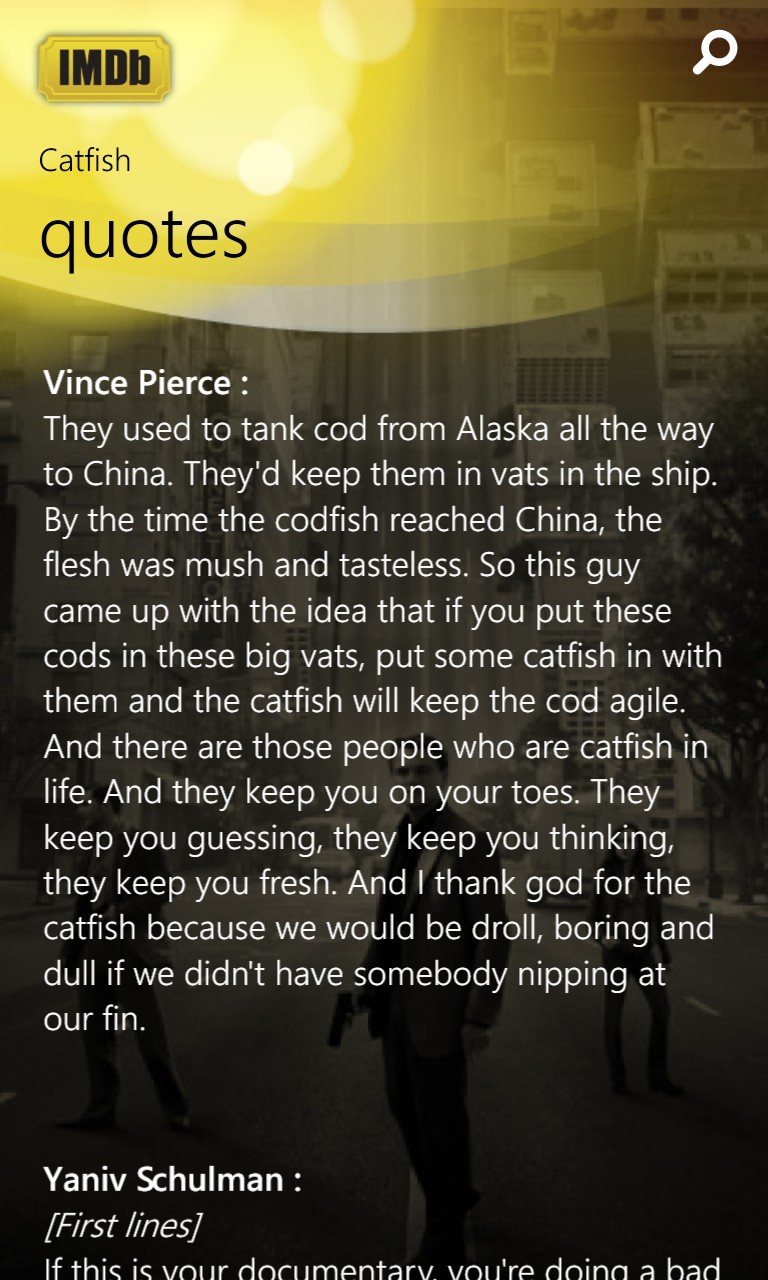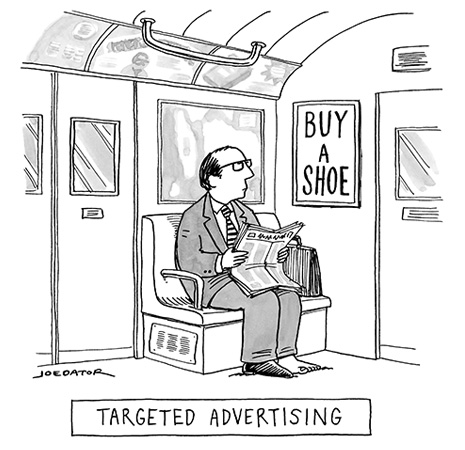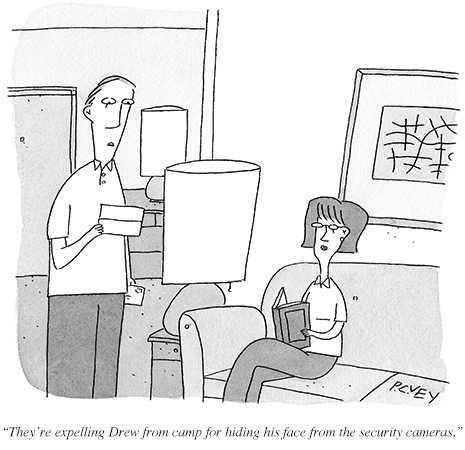Media world ‘in chaos’ as journalism, publishing and agencies face grim future, according to US commentator
 The future of traditional journalism, particularly at a regional level, is “fucked”, as are legacy publishers and even agencies, with all becoming obsolete in the digital age, according to a media commentator.
The future of traditional journalism, particularly at a regional level, is “fucked”, as are legacy publishers and even agencies, with all becoming obsolete in the digital age, according to a media commentator.
Veteran US journalist Bob Garfield painted a picture of near-armageddon with out of work journalists, a defunct advertising model and agencies who are no longer relevant.
He also had strong words for creatives who “like to give trophies to one another for their creative genius and parade like Tony the Tiger down Madison Avenue every Fall during ad week,” warning “if they think people love their ads they are sorely, tragically mistaken”.
Speaking at the Association of Data Driven Marketing and Advertising (ADMA) conference in Sydney yesterday, Garfield, a columnist for Media Post, said the Internet has spawned “billions of journalists on the ground and camera phones in hand in search of a story”.
“I represent the last generation of journalists whose vocation was a handsome livelihood,” he told delegates.
Asked about the future for a 30-something journalist, he said: “You are fucked,” adding that a journalist friend with years of experience now waters plants in offices for a living.
“Many say we are in the golden age of content. Which is true unless you want to discuss journalism, particularly local journalism which has suffered greatly at the hands of digital chaos,” he said. “Except for search, gaming and porn, nobody is making mony of any consequence online.
“As audiences fragment the amount of revenue coming in for any particular piece of content goes down eventually to the point when the publisher or broadcaster can no longer afford to produce the thing.
“So if you were looking forward to a great career in media and marketing it might be a good idea to remove your belt and shoelaces.
“This isn’t about digital verses legacy it’s about the growing obsolescence of the advertising supported media model.”
While accepting that “more choice is wonderful”, Garfield warned that the impending demise of the large media companies and proliferation of amateur journalists will lead to a splintered industry and reduction in quality reporting.
“What will be lost is critical mass, the ability for anyone to have a strong enough voice to make a difference amid all the deafening noise of the crowd,” he said.
Traditional media organisation commanded the attention of, and held to account, governments, industry and other institutions, he continued.
“We can have a separate discussion about how responsible and intrepid the media were with this power, but that power was undeniable,” he said. “In general, those organisations attracted the best talent with the most professionalism and the greatest access. In a word, they had clout and professionalism mattered.
“We didn’t offer perfection but we came with a frame of reference.”
Overall, the newspaper industry is “tragically circling the drain”, with asset values decimated, profit margins eradicated and print subscriptions plummeting.
“The result has been vastly diminished journalism, and increasingly desperate measures by publishers such as so-called native advertising, which we can discuss later provided you want to talk about prostitution,” he said.
Garfield said the traditional advertising model has fallen apart in such a fragmented, digital market, while viewers fast forward through adverts like never before.
“Why do they they skip past the commercials? For the same reason he puts spam filters on his computer and refuses to click on any banner ad ever for any reason at any time,” he said. “Advertising people like to give trophies to one another for their creative genius and parade like Tony the Tiger down Madison Avenue every Fall during ad week. But if they think people love their ads they are sorely, tragically mistaken.
“For more than three centuries consumers have put up with ads. Some ads are funny and clever and some even worm their way into our heads and popular culture. But they are and have always been a nuisance. To most people all advertising is spam. The proof being that the moment technology afforded us the ability to skip them, skip them we have.”
He said the “next bloodbath will be in TV”.
Agencies did not escape the gloomy outlook with Garfield predicting they will become obsolete in such a changing media landscape.
“The agency business is toast because no matter what anyone tells you, it derives its income from creating and placing large ad campaigns . The larger the more lucrative but mass is going away and the agency business does not adapt to micro.
“The entire media universe is in chaos.”
Steve Jones
